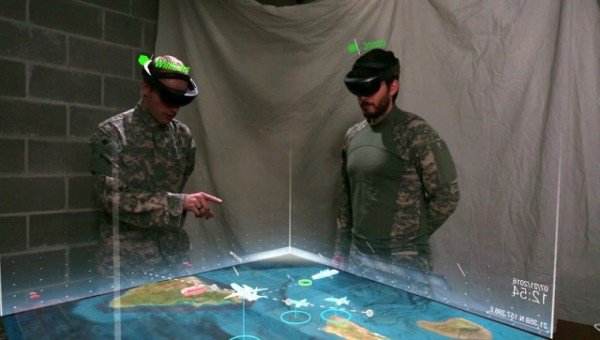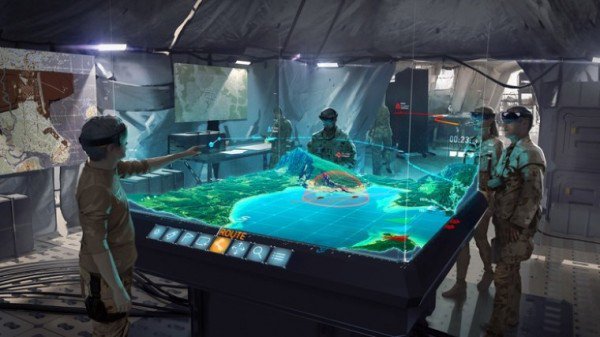As the Australian military is developing and deploying fifth-generation combat, the Australian Air Force and Saab Australia are testing the use of Microsoft HoloLens. According to the Australian Royal Air Force, Saab and the Australian Defense Science and Technology Group demonstrated Microsoft HoloLens to 50 military personnel in October 2016, demonstrating how head-to-head has provided augmented reality vision (ARV) to assist strategy formulation, threat management and training. Australian Air Force Commander Leo Davies pointed out that AR technology will have a "significant impact" on military communications, visualization and training. He said: "Augmented reality technology is constantly evolving. This demonstration aims to raise awareness and interest in how ARV will adapt to future defense applications - whether planning or training." Inger Lawes, head of the Saab Mixed Reality Application Program, praised AR for its potential in improving military training. He said: "In the training environment, trainers and trainees can share visually rich interactive experiences. The real world can superimpose digital images and information in the form of holograms." Military scientist Kevin McDonald believes that HoloLens' AR technology can help Australian soldiers better cope with threats. "Specifically, the scenarios and simulations explored today show the effectiveness that this technology can have on our decision models and behaviors under certain circumstances, and how they will shape and help us deal with threats." McDonald That is to say. The adoption of HoloLens is part of a larger plan: Plan Jericho. Plan Jericho's goal is to technically turn the Australian army into a "fifth-generation combat force." The head of Plan Jericho pointed out that the military's exploration of AR is very important, because as the technology becomes increasingly mainstream, AR will exhibit "exponential growth." He said: "ARV is a rapid emerging technology that may have a wide range of applications in medical, research, chemical, training, education, and remote industries." In addition to the Air Force, the Australian military is exploring AR and VR applications, including the trial of the ARC4 AR head. But Australia is not the only country interested in HoloLens. Xiao Bian had also previously reported that the Ukrainian military was also testing the use of AR headlines on the battlefield. In March 2016, Microsoft and Saab reached a cooperation agreement to jointly build enterprise-level applications for AR headlines. Dean Rosenfield, general manager of Saab Australia, said last year that the company is exploring the application of this head in the military field. Rosenfield said: "Our training and simulation teams have seen the great potential of Microsoft Hololens and have developed a series of civilian and military applications in training, simulation and education." Saab's HoloLens Applications Studio is also studying how the headline will improve health care, emergency services and infrastructure. SANCO's comprehensive line of magnetic, Piezo and solid state audio indicators range in size from 9.6 mm to 50 mm with available mounting styles including through hole, surface mount, wire leads, panel mount and screw terminals. Thanks to a built-in driving circuit, our audio indicator buzzers ease implementation during the development process. Several waterproof audio indicators as well as washable models are also available, making this product family well suited to address the needs of the most challenging audio alert applications. With sound pressure levels (SPL) up to 105 dB, SANCO' s piezo and magnetic audio indicators are the ideal solution for consumer electronics, medical devices, household electronics, industrial applications and more. Piezo Buzzer,Micro Piezo Buzzer,Active Piezo Buzze,Passive Piezo Buzzer NINGBO SANCO ELECTRONICS CO., LTD. , https://www.sancobuzzer.com

The Australian Air Force uses HoloLens to assist in military training!
â–¼
The Australian Air Force uses HoloLens to assist in military training! From Baidu VR